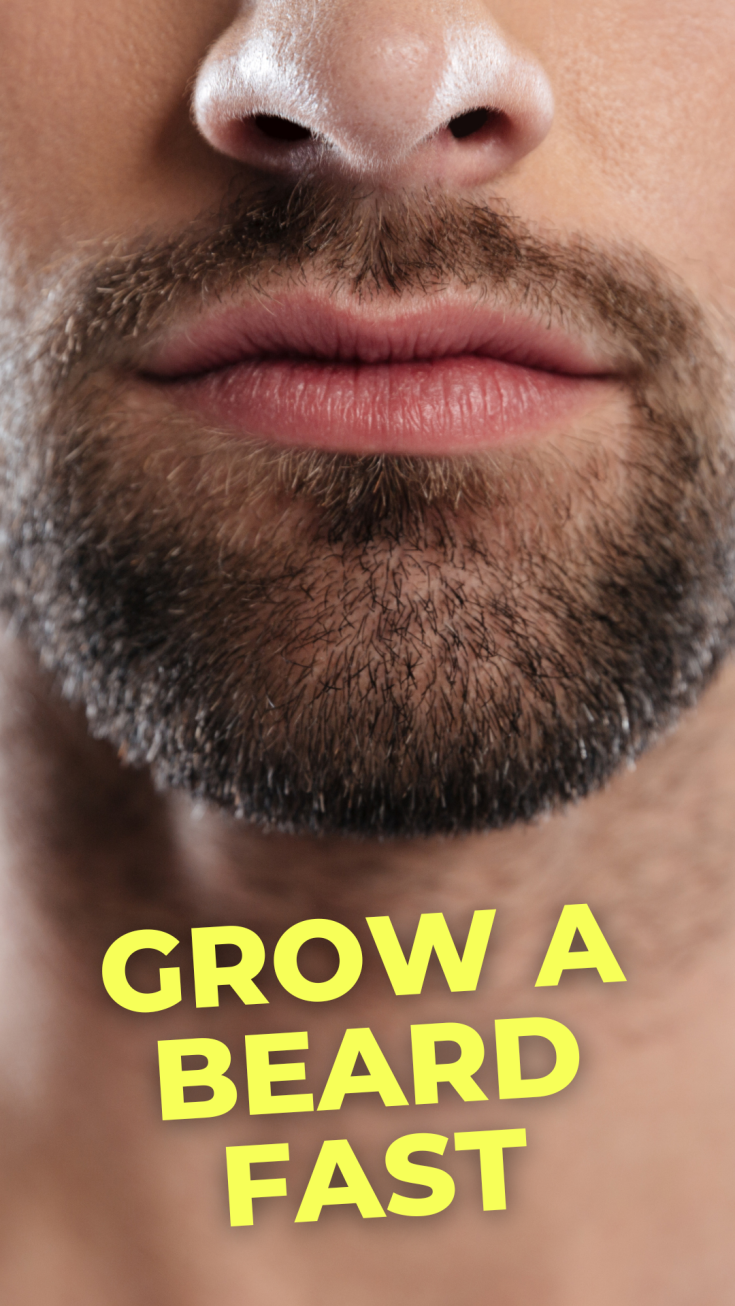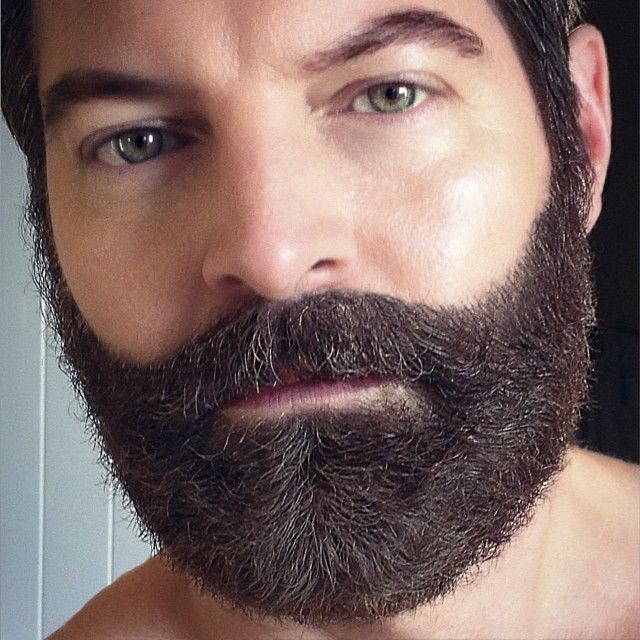How To Get Thicker Facial Hair

For countless men, a full, robust beard represents more than just facial hair; it's a symbol of masculinity, maturity, and even social status. The quest for thicker facial hair, however, can be a frustrating journey, fraught with conflicting advice and miracle cures promising overnight results. This article aims to cut through the noise, providing a scientifically informed and practical guide to understanding and potentially enhancing facial hair growth.
This comprehensive guide will explore the biological factors influencing beard growth, debunk common myths, and offer evidence-based strategies, including lifestyle adjustments, skincare practices, and when necessary, medical interventions. We will examine the role of genetics, hormones, and overall health in determining beard density and thickness. The goal is to empower readers with the knowledge to make informed decisions and manage their expectations realistically.
Understanding the Biology of Facial Hair
Genetics plays the most significant role in determining beard thickness and growth patterns. Your ancestry dictates the number and sensitivity of hair follicles in your face.
Dihydrotestosterone (DHT), a hormone derived from testosterone, is crucial for beard development. DHT binds to receptors in hair follicles, stimulating growth.
While you cannot change your genes, understanding their influence helps manage expectations. Remember, everyone's facial hair journey is unique.
Debunking Common Myths
The idea that shaving makes hair grow back thicker is a widespread myth. Shaving only cuts the hair at the surface; it doesn't affect the hair follicle responsible for growth.
There is no scientific evidence to support the claim that certain foods or supplements magically grow beards. A balanced diet is important for overall health, which can indirectly support hair growth.
Rubbing onions or applying other unconventional remedies have not been proven effective in controlled studies. It's crucial to rely on evidence-based information.
Lifestyle Adjustments for Optimal Growth
A balanced diet rich in vitamins and minerals is essential for healthy hair growth. Focus on foods containing protein, iron, zinc, and vitamins B and D.
Getting enough sleep allows your body to repair and regenerate cells, including hair follicles. Aim for 7-8 hours of quality sleep per night.
Managing stress is crucial, as stress can negatively impact hormone levels and hair growth. Practice relaxation techniques like meditation or yoga.
Skincare Practices for a Healthy Beard Environment
Regularly washing your face removes dirt and oil that can clog hair follicles and hinder growth. Use a gentle cleanser suitable for your skin type.
Exfoliating your skin removes dead skin cells that can also block follicles. Use a gentle scrub or chemical exfoliant once or twice a week.
Keeping your skin moisturized prevents dryness and irritation, creating a healthy environment for hair growth. Use a beard oil or moisturizer specifically designed for facial hair.
Medical Interventions and When to Consider Them
Minoxidil, a topical medication originally used for hair loss, has shown promise in stimulating facial hair growth. However, it requires consistent application and may have side effects.
It is crucial to consult a dermatologist before using minoxidil, as they can assess your individual needs and potential risks. They can also monitor your progress and address any concerns.
Hormone therapy is a complex medical intervention that should only be considered under the guidance of a qualified endocrinologist. Self-medicating with hormones is extremely dangerous.
The Role of Patience and Realistic Expectations
Beard growth is a gradual process that can take months or even years to reach its full potential. Patience is key.
Not everyone can grow a thick, full beard. Genetics play a significant role, and it's important to accept your natural limitations.
Focus on maximizing your beard's potential through healthy lifestyle choices and proper grooming, rather than chasing unrealistic goals.
Grooming Techniques to Enhance Appearance
Trimming your beard regularly helps maintain its shape and promotes a neater appearance. Invest in a quality beard trimmer.
Using beard oil or balm adds shine and helps tame unruly hairs, making your beard appear fuller. Choose products with natural ingredients.
Brushing or combing your beard helps distribute natural oils and promotes even growth. This also stimulates blood flow to the hair follicles.
The Future of Facial Hair Research
Ongoing research is exploring new ways to stimulate hair follicle growth and enhance beard density. Gene therapy and stem cell treatments are potential future avenues.
Further research is needed to fully understand the complex interplay of genetics, hormones, and environmental factors that influence beard growth.
Staying informed about the latest scientific advancements can help you make informed decisions about your facial hair journey. Always rely on credible sources and consult with healthcare professionals.
Conclusion
While the quest for thicker facial hair is often driven by aesthetic desires, a healthy and well-groomed beard can contribute to overall confidence and well-being. Remember that genetics play a pivotal role.
By adopting a holistic approach that encompasses a healthy lifestyle, proper skincare, and realistic expectations, you can maximize your beard's potential and embrace your unique facial hair journey. Consult with professionals when considering medical interventions.
Ultimately, the most important thing is to be comfortable and confident in your own skin, regardless of the thickness or fullness of your beard. Embrace your individuality.


















